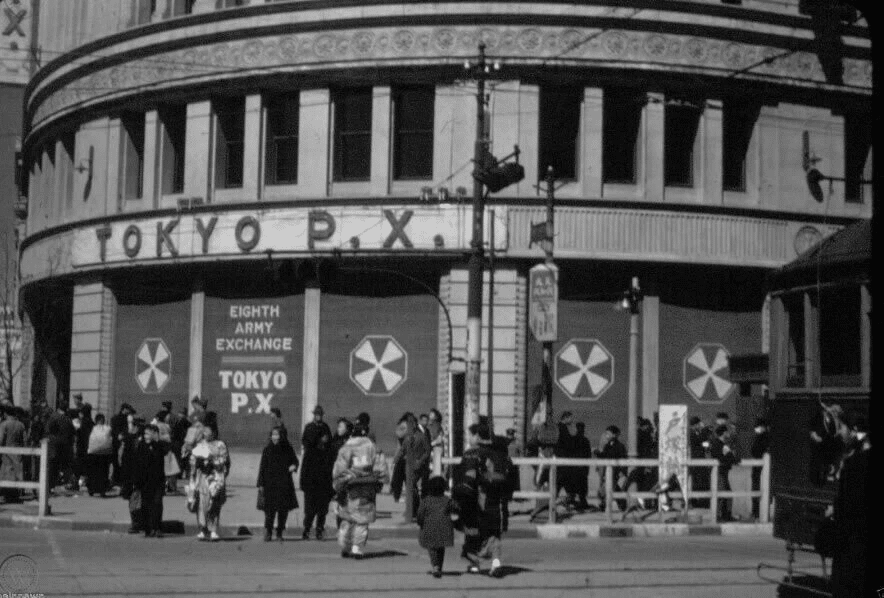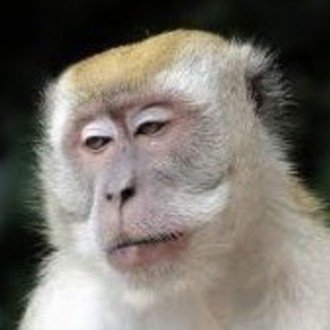
Does Ginza still retain its old traces?#03

Now, let’s head back to the 4-chome intersection once again.
The sign on Hattori Watch Store (now Wako) still says "PX." Post Exchange, or PX, was a store that sold goods and food for Allied soldiers. At the time, there was a sign that read TOKYO PX. But since the space was too small, they also set up another PX inside Matsuya. I once tried to sniff around to see if there was a division of goods or if the different PX locations were meant for soldiers of different ranks, but I never got a clear answer. Even when I looked through Hattori Watch Store’s company history, there was barely any mention of its time as a PX.
Matsuzakaya was the same way—its history also leaves out the fact that for nearly seven years, its basement housed a cabaret for U.S. soldiers. Maybe they see it as a stain on their past.
On the corner of 3-chome stands the Kyobunkan Building, home to a bookstore specializing in Christian literature. The building was designed by Antonin Raymond—the same architect behind St. Luke’s Hospital. There was a restaurant in the basement, which housed Fuji Ice.
Speaking of Fuji Ice in Ginza, it often appeared in the diary of the writer Nagai Kafu. Since I’m on the topic, let me quote a passage from Danchotei Nichijo, dated November 25, 1933:
"November 25th. Another fine day. I spent my time reading, with nothing else to do. As evening fell, I headed to Ginza, had dinner at Fuji Ice, and then drank tea at Kewbell. Sakusen, Ban, Motoyama, Yamada, Hida, Sugino, and Takeshita were there. Sakusen, who knew a certain young lady, took us to Sembikiya, where we admired bonsai trees and tropical fish. The more expensive fish cost eighty to ninety yen, while even the cheaper ones were no less than five or six yen. At the Aoyagi confectionery, we watched them make their specialty kintsuba and bought three pieces for ten sen. Back at Kewbell, Mr. Sugino introduced us to an Austrian woman he knew—about thirty years old, fluent in both French and English."
Between Wako and Kyobunkan stood Kimuraya and Mikimoto. Kimuraya had a café inside. Squeezed between these two was Tsukigase, but today, that spot has been taken over by Yamano Gakki.
Yamano Gakki originally had a store in Yurakucho, but it was destroyed in the war.
By the way, one of the attached photos shows the PX that was inside Matsuya.

いいなと思ったら応援しよう!

